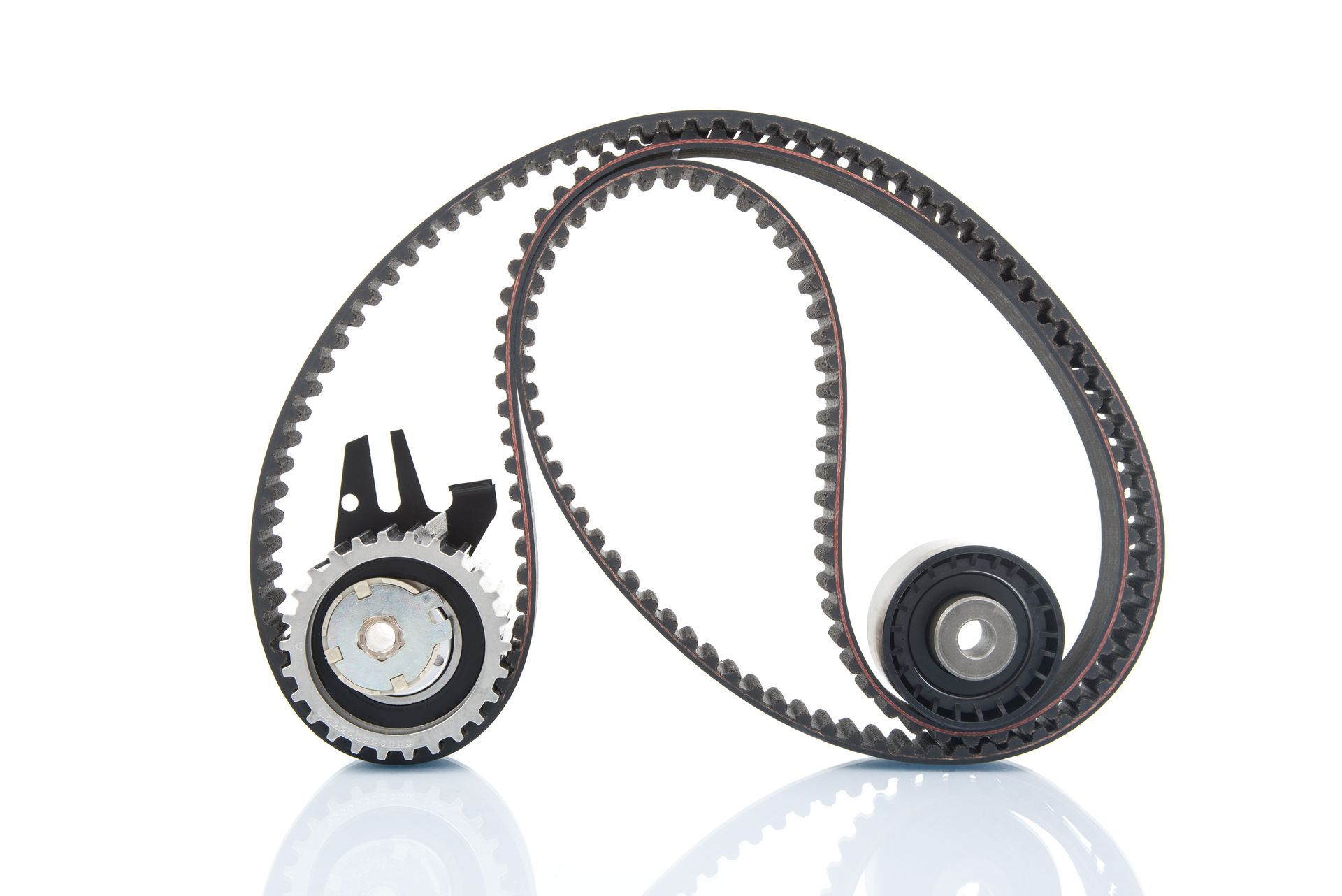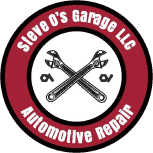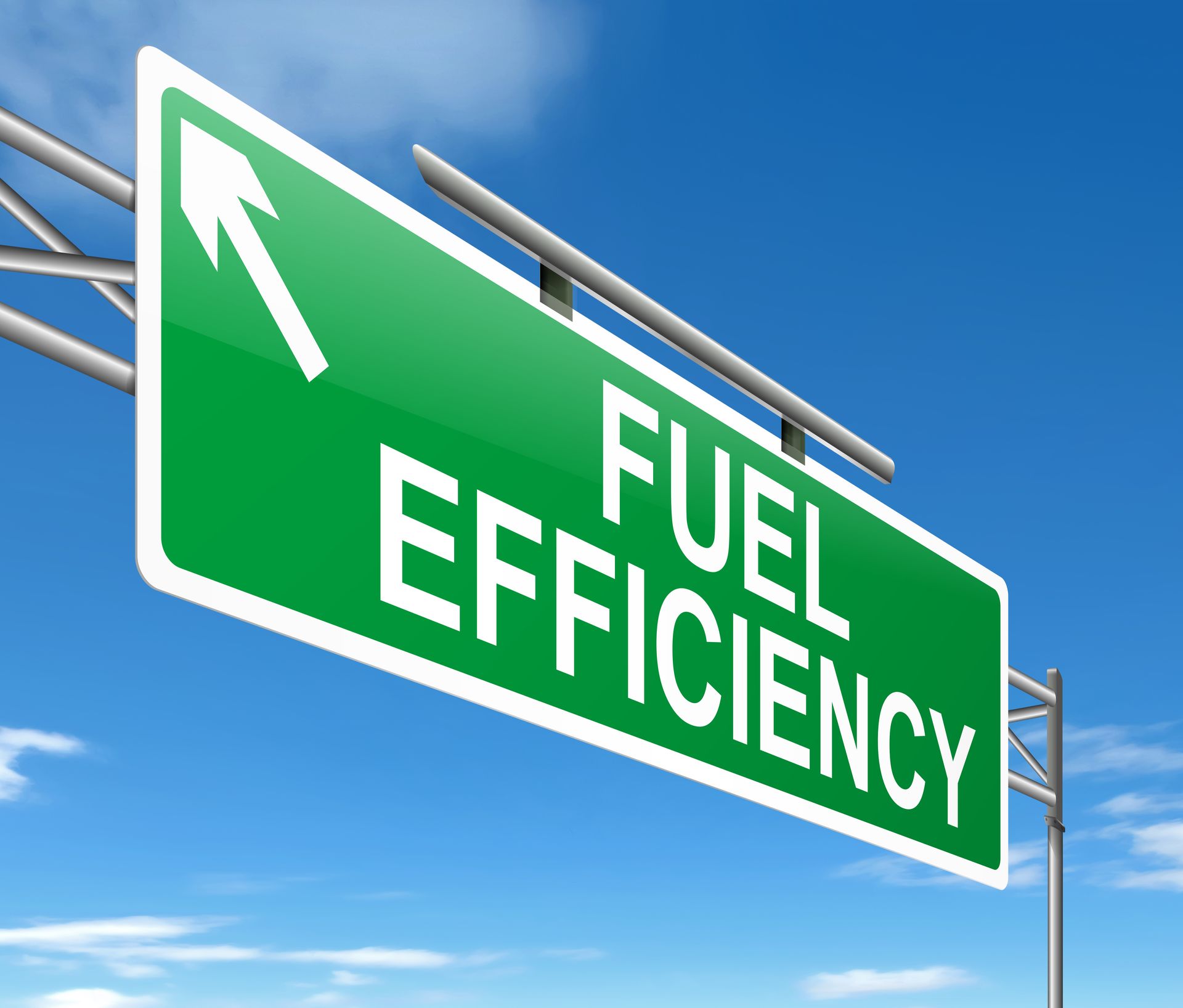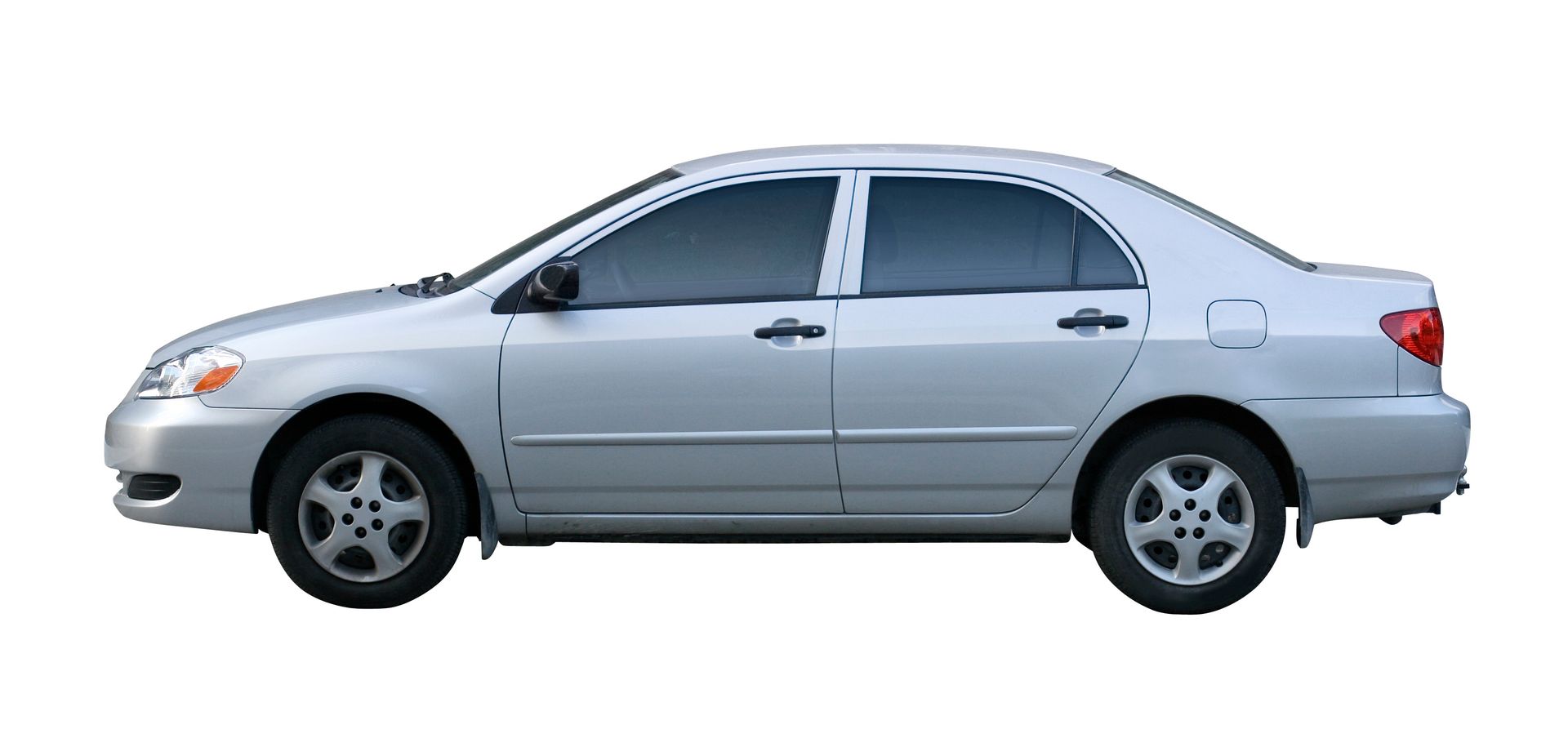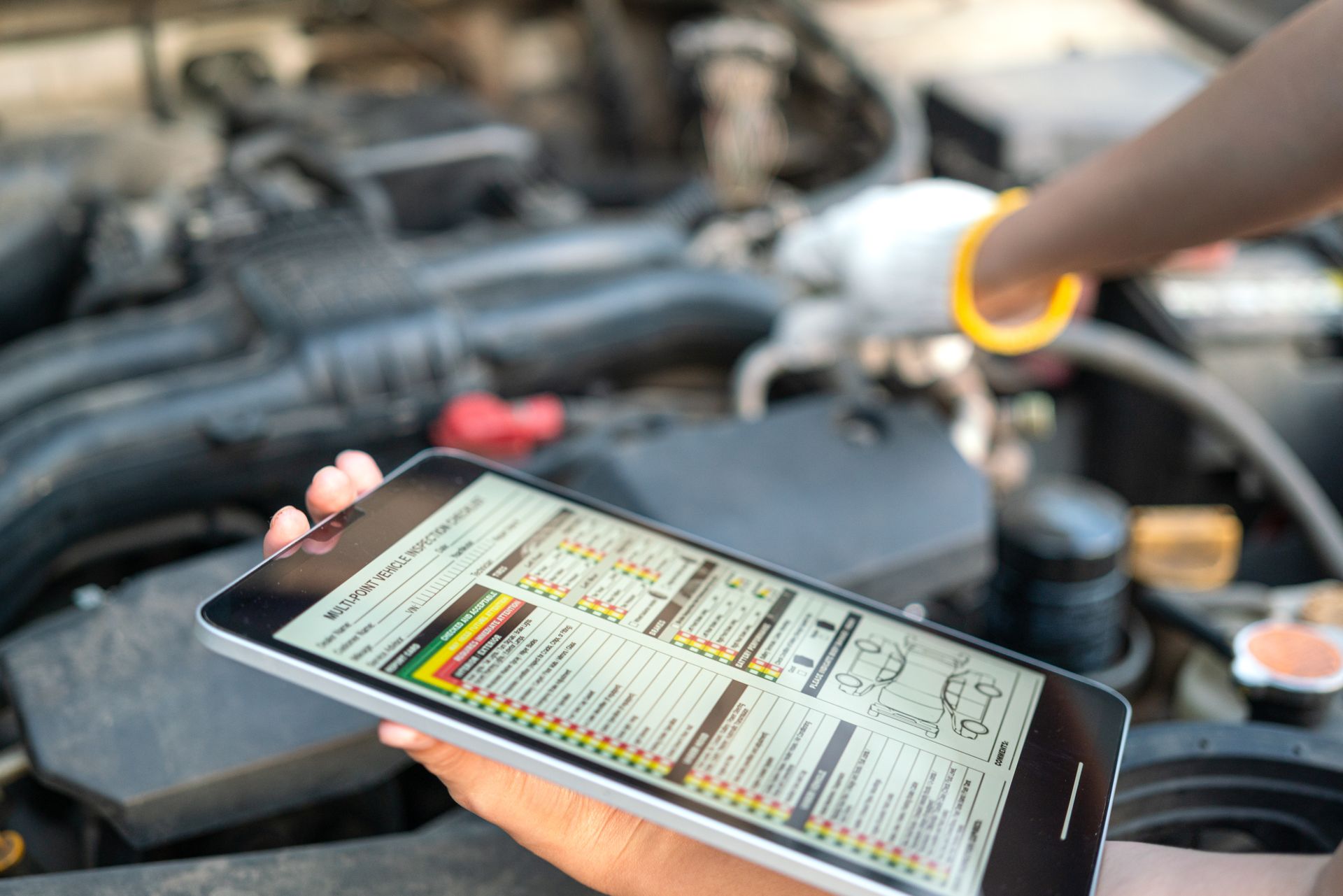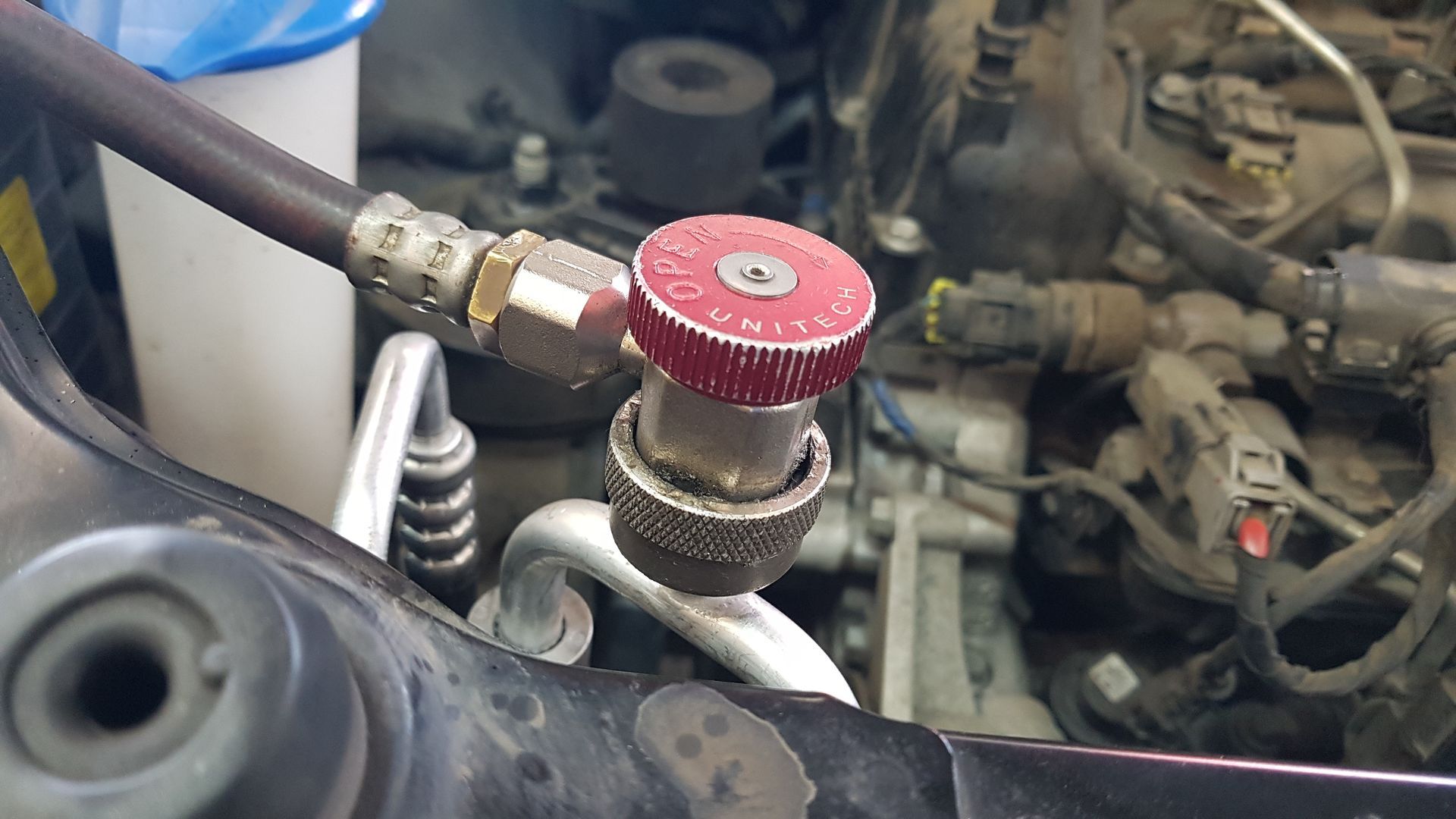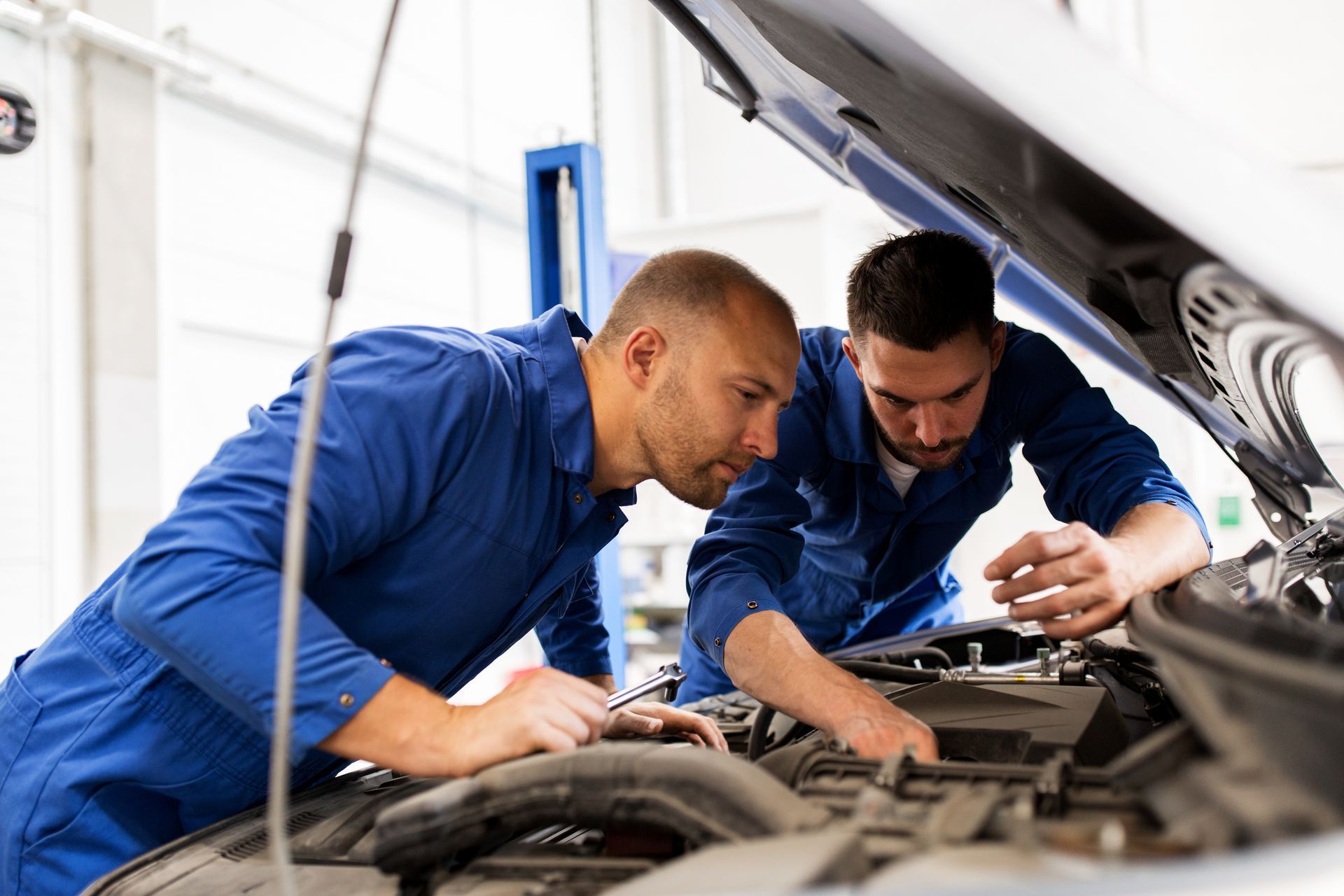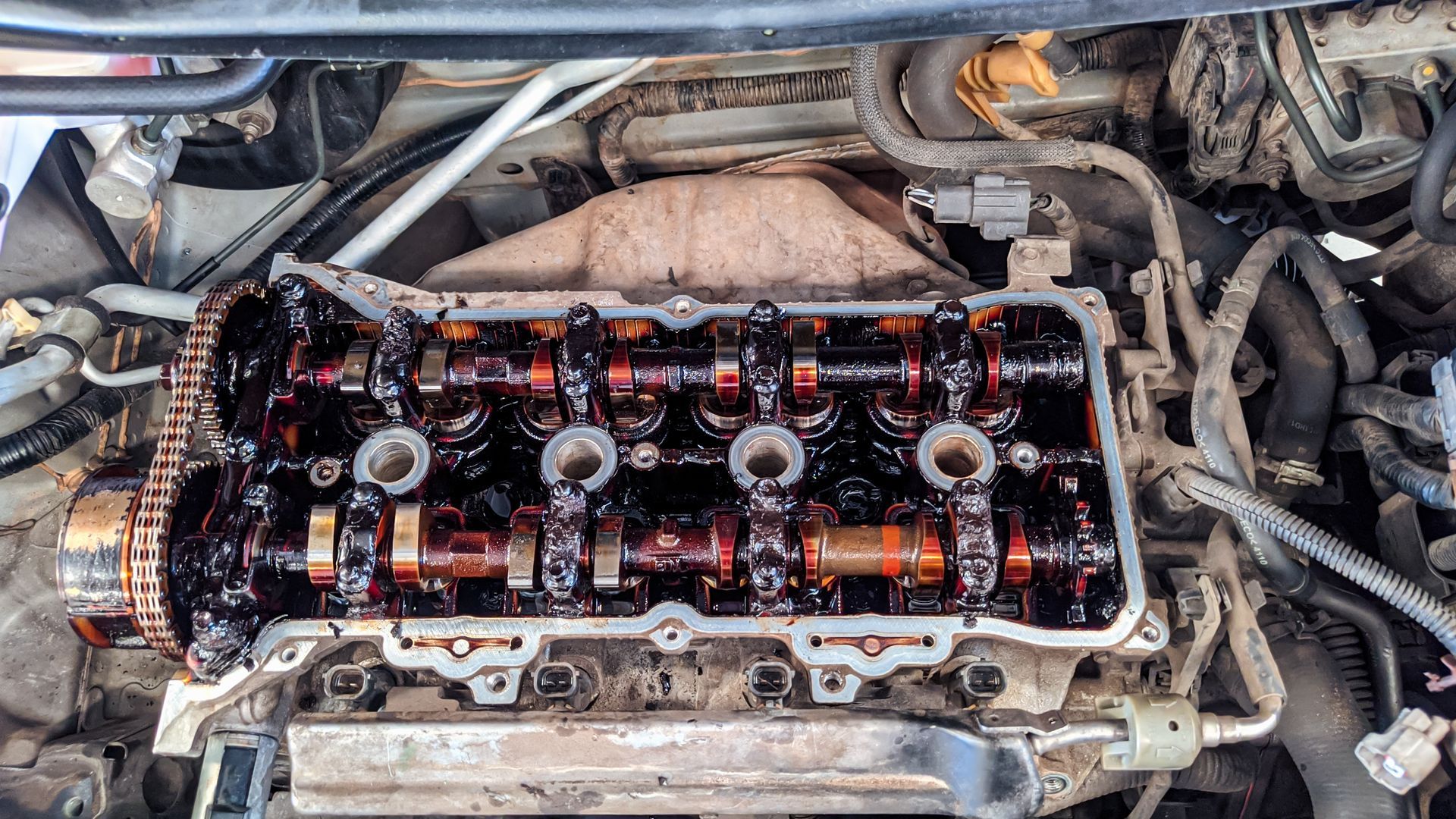Your car’s suspension system does more than just provide a comfortable ride—it plays a key role in keeping your vehicle stable, responsive, and safe. When suspension components start to wear out, they can impact everything from handling to braking, making it more challenging to stay in control. But how serious is a worn-out suspension, and is it actually safe to continue driving?
Reduced Control and Handling
One of the biggest risks of driving with a compromised suspension is the loss of vehicle control. Worn-out shocks and struts struggle to keep the tires firmly in contact with the road, which can lead to excessive bouncing, swaying, or nose-diving during braking. If you’ve noticed your car leaning too much in turns or feeling unsteady on rough roads, it’s a sign that your suspension may not be doing its job. Driving under these conditions increases the chances of losing control, especially in emergency situations or bad weather.
Longer Stopping Distances
Your suspension and braking systems work hand in hand to keep your vehicle safe. When the suspension isn’t working properly, your tires may not maintain consistent contact with the road, reducing braking efficiency. This can result in longer stopping distances, making it harder to react quickly to sudden stops or obstacles. A bad suspension can also cause uneven brake wear, leading to vibrations and decreased performance, which puts you and other drivers at risk.
Excessive Tire Wear
Suspension issues don’t just affect handling—they can also take a toll on your tires. When shocks and struts wear out, they allow uneven tire contact with the road, causing premature tread wear and balding in certain areas. You might notice signs like cupping or scalloping on the tread, which can make driving more unpredictable. Tires with uneven wear patterns reduce traction, making it more challenging to navigate wet or slippery roads safely. Addressing suspension problems early can help extend the life of your tires and prevent unnecessary replacements.
Increased Wear on Other Components
Ignoring suspension problems can lead to a domino effect, putting added strain on other parts of your vehicle. Components such as the steering system, wheel bearings, and even the chassis can experience extra stress when the suspension isn’t absorbing bumps and vibrations as it should. Over time, this additional strain can result in costly repairs and potential breakdowns, leaving you stranded when you least expect it.
Is It Ever Okay to Drive with Bad Suspension
While it might not seem urgent at first, continuing to drive with a failing suspension can put you and your vehicle at risk. Even if the ride feels only slightly off, the longer you wait to address the issue, the more damage it can cause. If you notice signs such as excessive bouncing, difficulty steering, or unusual noises coming from the suspension, it’s best to get it checked out sooner rather than later.
If you're experiencing any of these issues while driving around Peoria, AZ, it's a good idea to have our professionals inspect your suspension system before it leads to bigger problems. Keeping up with regular maintenance and repairs can help ensure a safer and more comfortable driving experience.
Experiencing a rough ride or handling issues? Let
Steveo’s Garage in Peoria, AZ,
inspect your suspension and keep your vehicle driving safely. Call us today to schedule an appointment.
